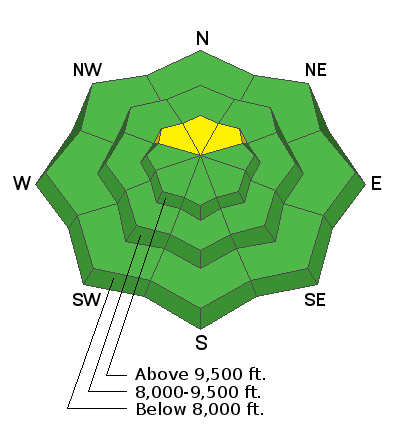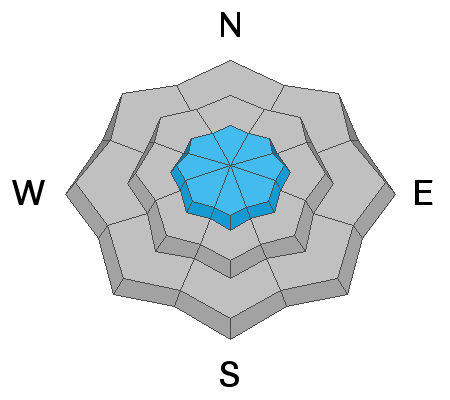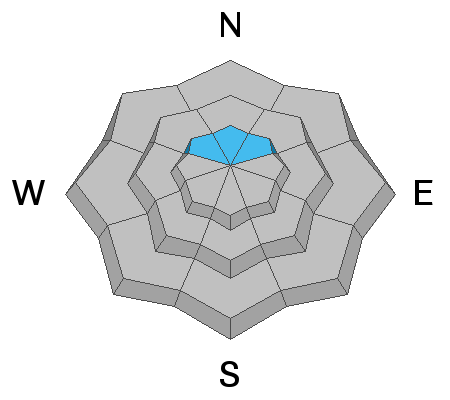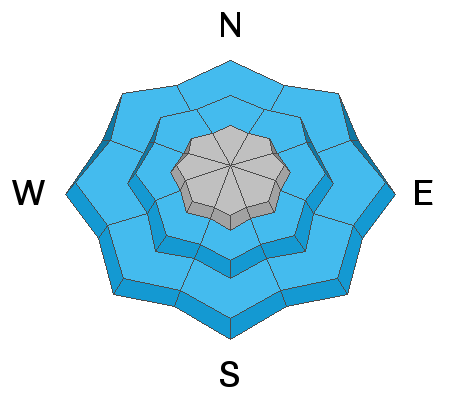Forecast for the Provo Area Mountains

Issued by Trent Meisenheimer on
Sunday morning, April 10, 2022
Sunday morning, April 10, 2022
Today we have a MODERATE avalanche danger on slopes facing northwest, north, and northeast at the upper elevations for hard and soft drifts of wind-blown snow. Human triggered avalanches are possible.
There is also a MODERATE avalanche danger on steep slopes that face northwest, north, and northeast for the possibility of triggering a much larger and more dangerous avalanche that fails 1-2' deep on a buried persistent weak layer.
Risk is inherent in mountain travel, and even a small avalanche can lead to a bad outcome in radical terrain.
There is also a MODERATE avalanche danger on steep slopes that face northwest, north, and northeast for the possibility of triggering a much larger and more dangerous avalanche that fails 1-2' deep on a buried persistent weak layer.
Risk is inherent in mountain travel, and even a small avalanche can lead to a bad outcome in radical terrain.

Low
Moderate
Considerable
High
Extreme
Learn how to read the forecast here









